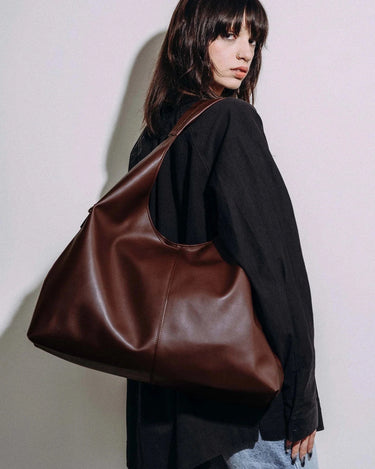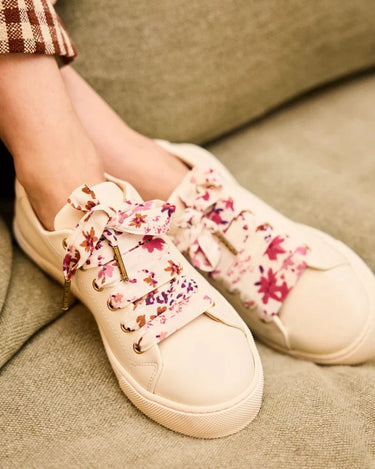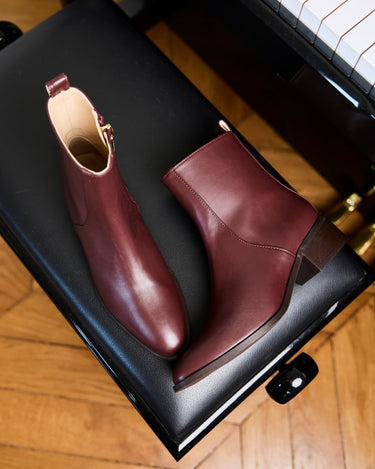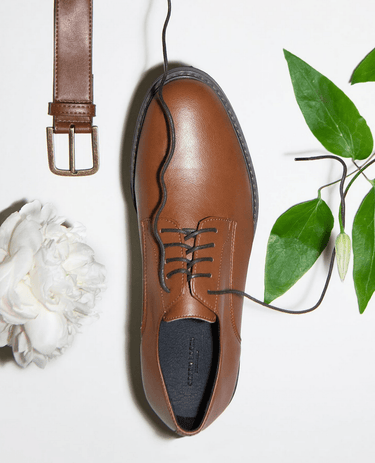Ethical Fashion Mistakes You're Probably Making
So you've stopped buying fast fashion, after learning about its devastating impact on everything from workers' rights to landfills. You've dipped your toe into thrift shopping, and you have a slew of favourite ethical brands. You're well on your way towards an ethical wardrobe. But sustainable fashion is a minefield, and navigating potential pitfalls can be anything but easy. We've all fallen prey to some of the most common mistakes when it comes to sustainable style — here, we list some of the most frequent ones.
You're buying animal skins.
No one will blame you for falling for the industries' sustainability claims — they are quite insidious. But in reality, animal agriculture is one of the most environmentally intensive industries in the world. And we're not just talking food: it's not often discussed, but animal agriculture also includes fashion. Leather, wool, and other products of factory farming are just as harmful to the environment as that meaty steak.
What to do instead: explore vegan fashion. Avoid fur, leather, wool (and similar knits such as cashmere and mohair), down and feathers, as well as silk. Instead, get to know fabrics like hemp and linen, delve into organic cotton, and find out more about plant leathers.
You follow trends religiously.
You might not even realise that this is an ethical fashion no-no. But the truth about anxiously following trends is that while they are intrinsically part of the fashion system, an over-reliance on them makes for a throwaway mindset. Viewing clothes as something that is "in" one day and then "out" the next is part of why textile waste issues exist and also partly why so many people are stuck in a cycle of modern slavery, in order to keep supplying to the extreme demand. Keeping up the constant trend cycle cannot be done sustainably.
What to do instead: only indulge in a trend if you believe it will be in your wardrobe for the long haul. Make it part of your personal style (see below). Let trends inspire you, but don't allow them to lead your shopping and your wardrobe completely.

You're planning a wardrobe overhaul.
Upon realising the issues with fast fashion, your first reaction was to empty out your wardrobe, directing all your past Primark finds to the nearest charity shop. Not so fast: dumping your unwanted fast fashion at the thrift shop can create even more of the same issues that you are trying to solve. A lot of these garments do indeed risk ending up in landfill, if they are not exported to countries in the Global South, where they threaten local industries. Far from the ethical overhaul you want, these wardrobe clean-outs can be more damaging than you think.
What to do instead: while the appeal of wearing ethically made clothes from responsible brands right now is understandable, the most ethical thing you can do in this situation is keep wearing the clothes you already have, for as long as you possibly can. Learn to fall in love with your clothes again by styling them differently. The next time you do need to bring something new into your wardrobe, be on the lookout for ethically minded brands.
You're not making your clothes last.
Sure, not all of us are sewing experts, but most of us could benefit from learning how to care for our garments better. Instead of getting rid of your favourite pieces as soon as they show signs of breaking, see if there's any way to fix the damage. Can't do it yourself? No shame. Head to a tailor or your local alterations place — finding "your" tailor is gold when it comes to making your clothes last longer, and possibly fit better.
What to do instead: follow the tips in this piece by stylist Rebekah Roy — great advice on everything from washing to mending.
You don't know your personal style.
How is finding your personal style good for the planet? Well, for starters, it keeps you from blindly following trends — which we have already established is a faux pas. Secondly, knowing who you are style-wise means that you're less likely to succumb to impulse purchases and end up buying clothes that you won't wear. Plus, having a grasp on your personal style means you'll be looking so much more chic. Stylist Kristine Kilty says, "Great personal style truly comes from how you show up energetically. Ever wonder how someone can look chic and effortless in a white t-shirt and jeans? It all comes down to energy and confidence in being unapologetically yourself. Once you can harness this on the inside, you can wear anything".
What to do instead: check out what silhouettes, colours, cuts, and materials you enjoy wearing and why. Make a Pinterest board of what you want your style to be, and try to narrow down the main elements. Work on asking yourself whether a potential new garment is in line with your style, and how it fits your life. Once you know your personal style, your clothes will become like cherished friends to make memories with.
By Sascha Camilli
About Sascha
Sascha Camilli is a vegan writer, speaker and activist. Her book Vegan Style is out now on Murdoch Books. For more about Sascha, you can read our interview with her or sign up to her newsletter Kind of Wild.
Cover image by KOMODO
For more great content like this in your inbox, sign up to our newsletter, and save 10% off your next purchase, plus great savings throughout the year.
Related Articles

Vegan Christmas Gifts For Him

Vegan Christmas Gifts For Her



















































































































